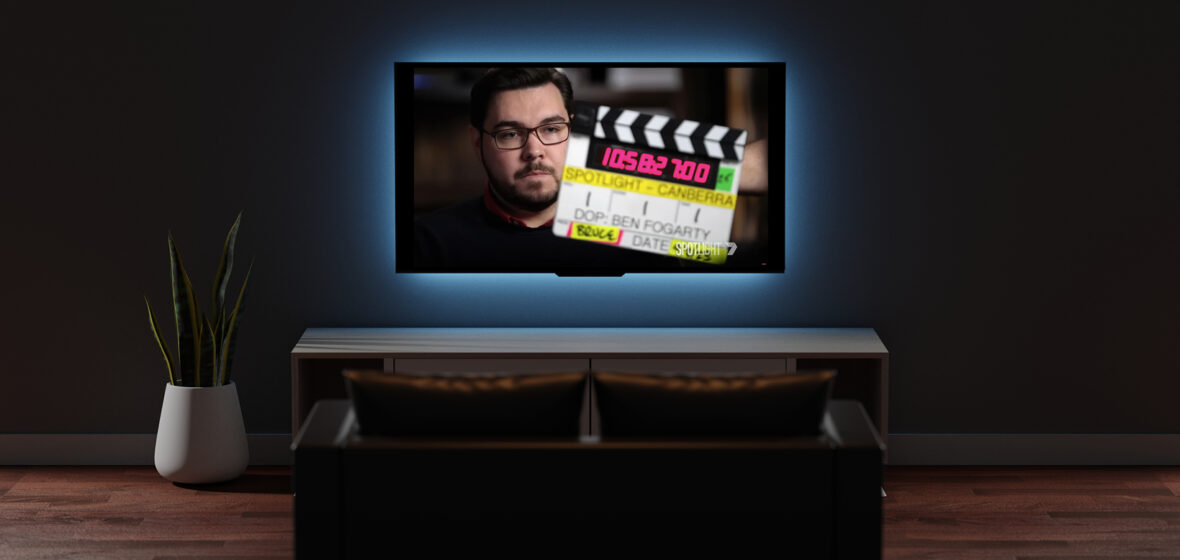Just when we thought the defamation action brought by Bruce Lehrmann against Network Ten and journalist Lisa Wilkinson over their February 2021 report on The Project was about to be finalised, another twist appeared.
Justice Michael Lee was to hand down his decision on the matter, which went to trial for a month last year, on Thursday morning. That’s now been delayed.
The reason? Lawyers for Network Ten were successful in convincing the Federal Court it should hear fresh evidence not raised during the trial.

This course of events puts the credibility of not just the trial witnesses under the microscope, but also that of two of Australia’s biggest media organisations.
What happened in court?
Advocates for the defendant (Network Ten) received an affidavit and accompanying materials from a former Seven Network producer that appeared to contradict Lehrmann’s evidence in the witness box.
In any trial, civil or criminal, the credibility of witnesses is crucial.
Invariably, where there are conflicting testimonies, a judge has to make a determination about whose evidence is to be preferred. So the credibility of Lehrmann’s testimony is vital to his case. To challenge it, the defendants applied to the court to reopen the case, and they were successful yesterday.
As a result, Justice Lee’s judgment will be delayed by at least a week.
This is a highly unusual practice. Parties are required at the commencement of any trial to disclose who their witnesses will be. Only a very confident litigant would test a judge’s patience in this way by calling a surprise witness.
Indeed, the credibility of a lawyer’s entire case may be at risk if the fresh evidence falls short. A trifling matter, one that was not compelling, would not impress any judge.
As it happened, Justice Lee was satisfied the new evidence, if credible, would be fresh and compelling. He added he wanted to “let sunlight be the best disinfectant”.
The surprise witness, former Seven Network producer Taylor Auerbach, is likely to be called to the stand during the next couple of days to be examined under oath and cross-examined. Network Ten may choose not to call him, of course, and simply tender into evidence his affidavits and accompanying materials.
Network Ten’s barrister, Matthew Collins, will allege Lehrmann provided Auerbach with more than 2,000 pages of “deeply personal exchanges” between Brittany Higgins and her former boyfriend. Collins will allege these exchanges had been received by Lehrmann while he was defending allegations he had raped Higgins in 2019.
In whatever form it appears, Auerbach’s testimony will be championed by Network Ten, as they claim it renders Lehrmann’s own testimony unreliable, and damages his credibility and his factual accounts.
The Seven Network has already denied Auberach’s account of the events, calling it “false and misleading”. The cross-examination of Auerbach, if he is called by Lehrmann’s barrister, will be fierce.
If Auerbach does give evidence, it is likely Lehrmann himself will take the stand again to give his response to these anticipated revelations.
Will this make a difference to the outcome?
It is very difficult to say. The evidence, if accepted, will weigh heavily into the credibility of the testimonies of those who have given evidence, especially that of Lehrmann, and the crucial findings of fact in the case.
Lehrmann’s criminal rape trial ended in October 2022 when Australian Capital Territory Chief Justice Lucy McCallum determined there had been juror misconduct. Lehrmann has always maintained his innocence and hasn’t been convicted of any crime.
Collins will allege Lehrmann was in breach of what is referred to in legal practice as the “Harman undertaking”
This undertaking (arising from a British case 40 years ago) applies to all parties in legal proceedings and insists they not use information gathered in preparation for a trial for any purpose unrelated to the trial.
Justice Lee commented yesterday the fresh evidence was capable of changing the determination of facts in the case and agreed with Collins that it went further than merely a question of credibility. Like all evidentiary material, it will further inform Justice Lee’s deliberations, as will any other evidence that emerges that will attempt to disparage it.
Trials through a camera lens
The enormous pressure on all parties has been exacerbated by the media’s involvement in the case at every stage, going back to 2021.
Lehrmann launched his defamation case against Network Ten and Wilkinson safe in the knowledge that no adverse finding had been made against him in the criminal trial.
He also has the advantage in defamation law that while the onus is on him to prove that the statements made against him, and the alleged defamatory meanings (or imputations, as they’re legally called) were, in fact, defamatory, he doesn’t have to prove that they are false.
The onus is on the defendants to successfully claim one of the defences to defamation, in this case, contextual truth. Contextual truth is a complete defence against defamation if at least one of the imputations is proven to be substantially true and the remaining imputations do no further harm to the plaintiff’s reputation. Network Ten needs this new evidence to push home its case that contextual truth has been established.
Into the mix comes the Seven Network, whose former producer’s ethics and practices are now under scrutiny. Both networks are well-funded. Their credibility, as much as the witnesses who have appeared in this trial, is also at stake.
This complex tale has at least one more chapter yet to run.




